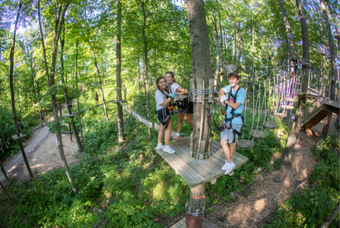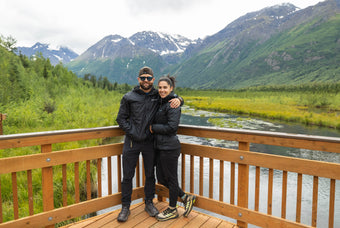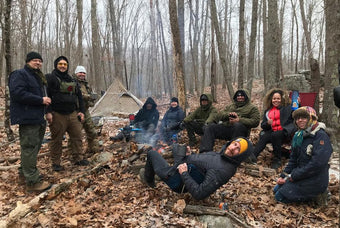Lorem ipsum dolor sit amet
Weather Preparation for Hiking & Camping
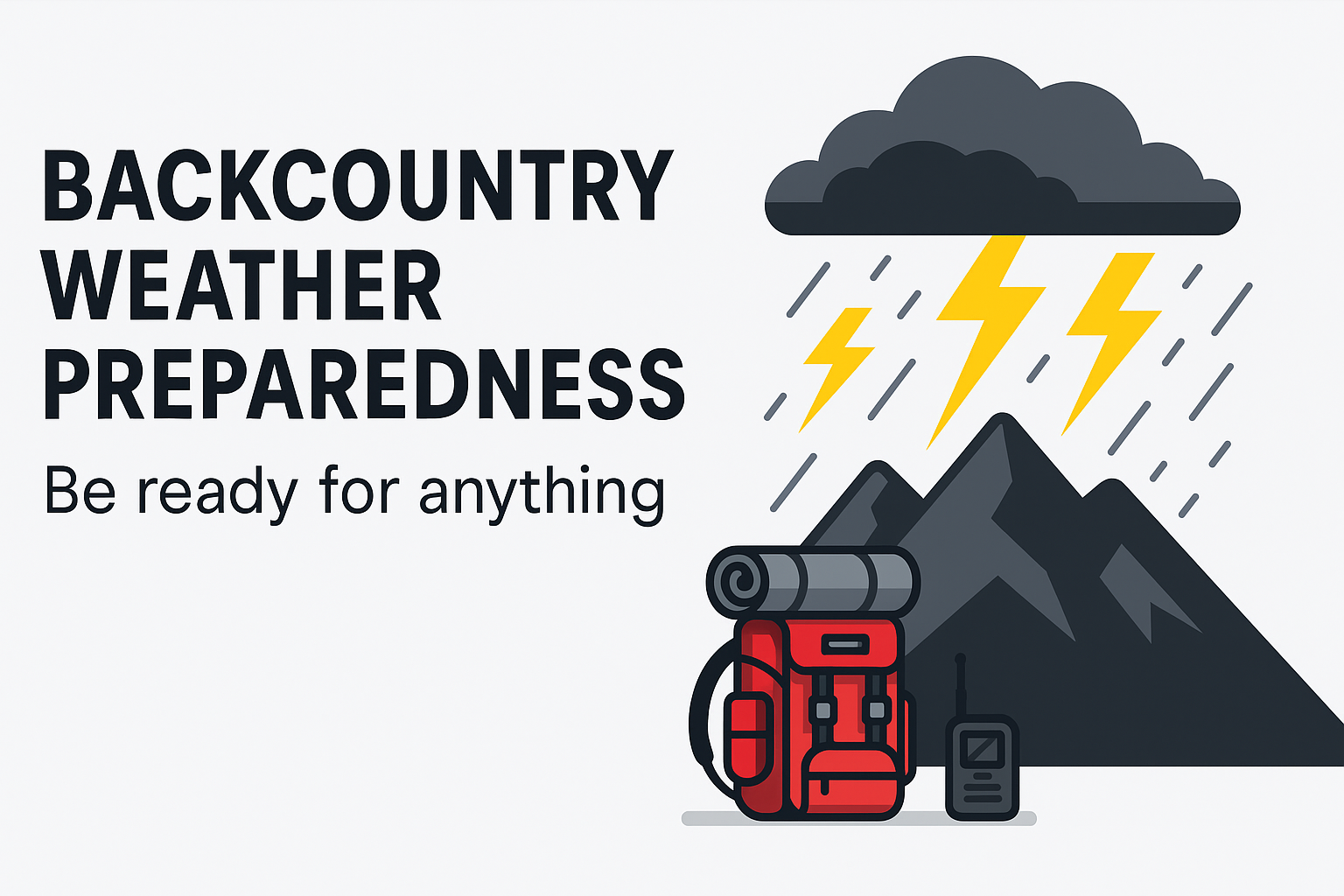
Backcountry Weather Preparedness: Be Ready for Anything

When you're heading into the backcountry, even for a simple day hike, one thing is certain—the weather can change in an instant. The key to staying safe and comfortable outdoors is to prepare for the worst and hope for the best. With the right gear and some knowledge of weather patterns, you can stay ahead of the storm and enjoy your trip with confidence.
Pack with the Worst in Mind
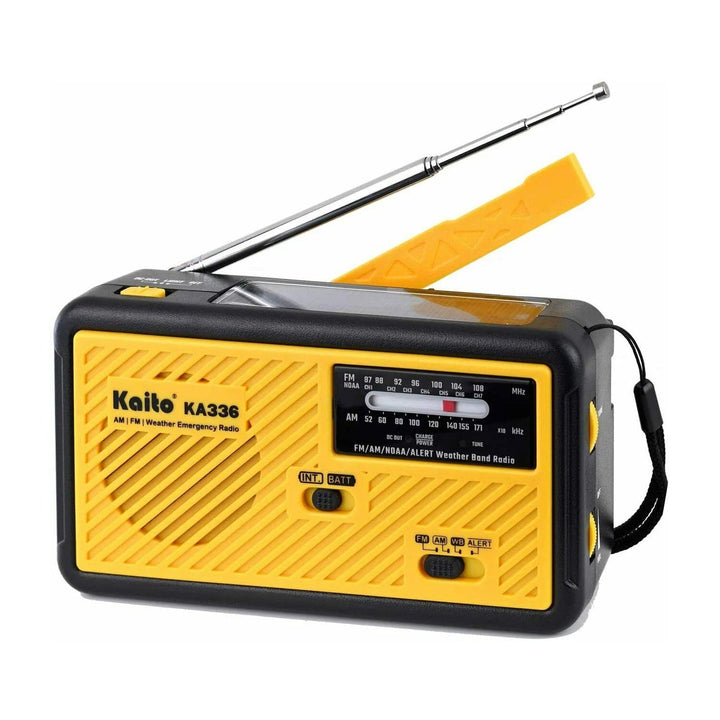 Think about the worst possible weather you could face—then pack for that. This means:
Think about the worst possible weather you could face—then pack for that. This means:
- Carrying reliable rain gear and enough warm layers
- Knowing the average temperatures and weather for your destination
- Bringing a lightweight weather radio or portable weather station
Read the Sky
The sky often gives clues before weather shifts. Learn these cloud types to recognize upcoming conditions:
Warm Front Clouds (Slow-moving, long precipitation)
- Cirrocumulus: Puffy clouds resembling sponge painting
- Cirrus: Wispy, pulled-apart cotton—can appear two days before a warm front
- Altostratus: Dense gray clouds often carrying rain
- Cirrostratus: High, thin clouds creating halos around the sun
Cold Front Clouds (Sudden storms, rapid weather changes)
- Cumulus: White, puffy fair-weather clouds—tall growth signals rain
- Cumulonimbus: Large storm clouds with flat tops—sign of severe weather ahead
Lightning Safety in the Backcountry
- If thunder roars or lightning flashes, get off peaks and away from tall objects like trees and poles
- Put distance (at least 10 feet) between yourself and others
- Remove metal gear like trekking poles, ice axes, and framed packs—place them 25+ feet away
- Take cover in a low area under trees of uniform height (never under a lone tall tree)
Lightning Position (If caught in the open)
- Crouch low with knees bent and hands over the back of your neck
- Do NOT lie down—minimize your contact with the ground
- Use a sleeping pad or backpack under your feet for insulation
How to Estimate Lightning Distance
Count the seconds between a lightning flash and thunder. Every 5 seconds = 1 mile. If the gap is under 30 seconds, seek shelter immediately.
Be Prepared. Stay Safe.
With smart packing, an eye on the sky, and a few basic skills, you’ll be equipped to handle whatever weather the backcountry throws your way. A little vigilance and preparation go a long way in keeping your adventure safe and enjoyable.
Want to learn more about clouds and forecasting? Check out this guide to cloud types.

